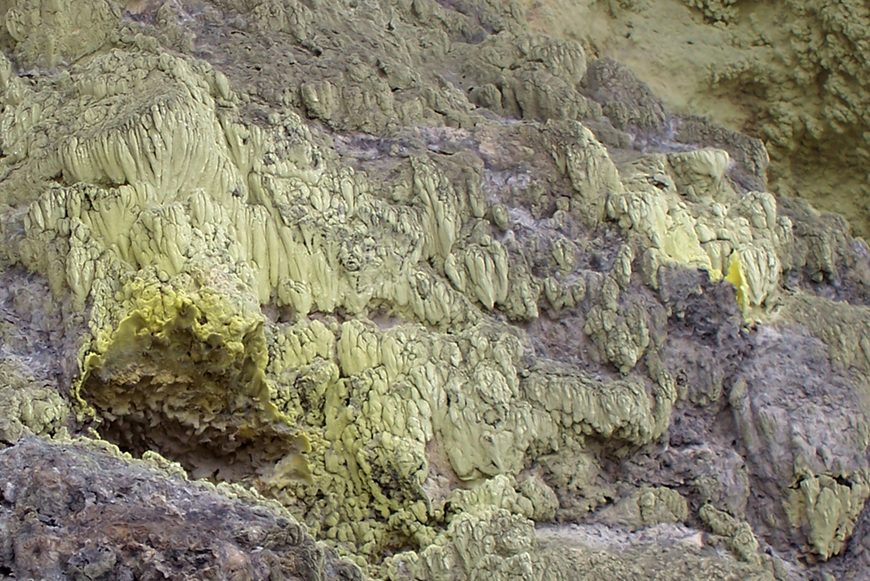Exploration for Indonesia
Indonesia represents a complex subduction zone setting that is subdivided into a wide variety of extensional, strike slip and compressional sub regimes and hosts abundant magmatic geothermal activity. Understanding alteration patterns and structural controls on geothermal activity in this magmatic region is the most critical issue for defining successful site specific exploration and utilization strategies. A suite of different methods and techniques is required to image and characterize hidden geothermal systems in high enthalpy regions.
Structural Geology
A first critical step in systematic geothermal exploration is the classification of geothermal fields related to tectonic settings at the Great Indonesian Arc. On selected sites, detailed data from former exploration and new geophysical field experiments are used to develop integrated 3D structural geological geomechanical models to image subsurface structures. Outcrop analogues are investigated to characterize the structural inventory to ultimatively combine surface with subsurface data.
Magnetotellurics
Electrical conductivity is a key parameter for the exploration of geothermal reservoirs, especially in volcanic areas where clay alteration minerals surrounding the reservoir present a strong conductivity contrast with the background. Magnetotellurics (MT) has been widely used in geothermal sites throughout the world. MT can provide electrical conductivity models from the near surface down to depths of several kilometers. Our methods involve field experiments, data processing and 2D/3D modeling of conductivity distribution. MT models can be integrated with other geophysical and geological data to produce conceptual reservoir models.
Seismology
We focus on natural micro-to-local scale seismicity to characterize subsurface active faults and stress state of geothermal fields. The methods involve advanced data analysis and modelling/inversion of P- and P-/S-velocity and attenuation using tomographic methods. Integrated interpretation of different results from the passive seismology study and further data (structural geology, MT and others) will improve the understanding of geothermal systems, particularly the prediction of fault zones that control heat transfer or fluid flow.
Seismics
Reflection seismic techniques are a key technology for reconnaissance studies for exploration wells. In areas with high geothermal gradients, high-resolution seismic investigations open a new field of application, which has only recently gathered some experience in correlation with exploration wells. A geological-geotechnical evaluation of selected sites will lead to specific reflection seismic campaigns and multi component acquisition techniques will be developed. Effectively, a site-specific workflow can be developed for highresolution reflection seismics employing 2D/3D techniques to image the structural pattern of geothermal fields.


